I am always curious to try out various models of Russian cameras. I find myself interested in just how bad a camera can get, and if I can get a decent result out it. When I started to be interested in photography, mid 80’s, the vast majority of available cameras in Romania were Russian, with a small percentage of German ones (made in the former Democratic Republic of Germany). Western-made cameras were scarce and very few, and of course, as a member of the working class family, I could not afford one, never had the means to own one, and obviously could not get one to try it on loan. My early days of photography were all about using Russian cameras, in 35mm or 120.
One of the first things about the Russian cameras that I learned was that they are seldom to be trusted completely. At some point, they freeze, flare, skip a frame, get blocked, film wind gets stuck, shutter speeds settings jump its lock, glass separated, rangefinder misaligned, and so forth. When they delivered, the images I got were of average quality, and it was not always my fault. I was shooting film and hoped for the best. One gets used to these sort of conditions, you know – in fact, it becomes a whole type of experience, to be honest.
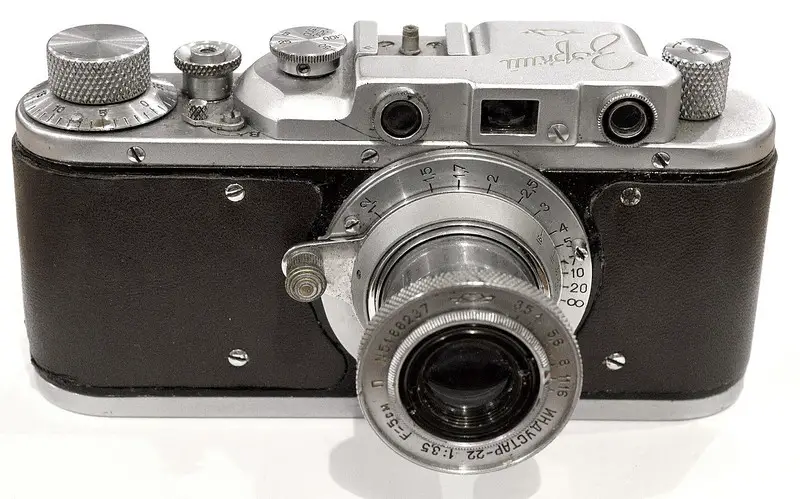
This here Zorki 1 camera has an interesting story: it belonged to my uncle, who acquired it in 1957 or thereabouts. I do not know if he bought it new in Romania, or was purchased while training in the USSR as a flying corps cadet at that time. He was part of one of the first batches of young communist pilots to fly the new (then) Mikoyan-Gurevich MiG-19 jet fighters.
As the new Romanian military aviation had been given these fighters by their Russian comrades, the training and such was initially made in the USSR and then continued at their respective regiments in Romania. The camera was given to me by the family, in the early 2000’s, after his death. It was in need of a good CLA, being misaligned, speeds erratic, etc. I sent it to a repairer in Russia (go figure), and it was returned in excellent working condition. The vulcanite was removed and leather put instead onto the body, rangefinder repaired, and shutter crisp and exact.
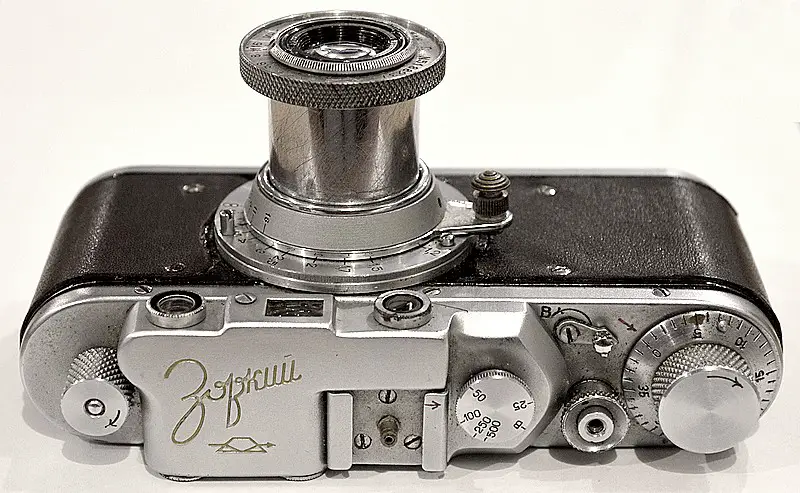
As per its serial number, is a 1955 made camera. As the production of Zorki 1 stopped in 1956, this is a last model (I believe) to be produced in the KMZ factory. The speeds are from B to 500, apertures from 3.5 (yes, not a slow lens) to 16. The lens is of collapsible type, this camera is fitted with the original ИНДУСТАР – Industar 22, a copy of Zeiss Tessar lens, very much like a copy of the Elmar.
Loading the film is similar to that of Leica: detach the bottom plate, have your film leader cut to shape as per Leica style, affix film leader onto the take up spool, insert the whole thing in the camera (careful), and close the bottom plate (make sure the locking key engaged the lock on the bottom).
The required film leader cut for bottom loading cameras is 10 –11 cm long and about 2,5 cm wide. It should taper gently towards the shoulder and no rough corners around the cuts.
Shutter is of cloth type, horizontal traverse focal plane, similar in design with that of Leica II cameras. The rangefinder window is small and many cameras have the focusing yellow dot faded or completely gone. Release button has a threaded port for a cable, in this model of camera (earlier ones need a Leica release cup type, also made by KMZ). The knurled nobs are easy to work with. A lever situated on the left of the winding knob is to be turned to left (to B mark) in order to rewind the film back into the film cassette. A cold shoe for flash attachment has been installed onto the top plate, together with a flash sync socket put there afterwards, I believe.
I have found the Zorki 1 to be a very easy camera to work with, rather basic but one expects that. Wind the film, choose your speed, check the aperture (ring around the lens), focus the image by aligning the rangefinder in the first viewfinder, compose your image on the second viewfinder, and press the release button. Easy, as I have said. However, one has to remember to wind the film PRIOR to cocking the shutter/choose the speed, as the opposite action will break the shutter pin upon film winding.

I have never tried this camera with other lenses, although I was tempted a couple of times. I love the images it renders, and it seems to me that no matter the film or the subject, this lens gives that 80-ish look to the negatives. It is probably just a fancy, but I do have that impression nonetheless.
I have said somewhere above that the Russian-made cameras are a bit of a hit-or-miss thing, and to add to this, they’re quirky and on many occasions unreliable. Well, that is true from my experience, but this Zorki 1 is the exception to the rule. It just delivers and it can be trusted. No issues with it since it was repaired a long time ago. So yes, this one is a good one. I wish I could say this for every Russian camera I own and use.
Here, a few images taken with this camera – the film is Fomapan 200 rated 80, own process and scan. The place is somewhere in the Eastern Europe. You get the fun of this, right?
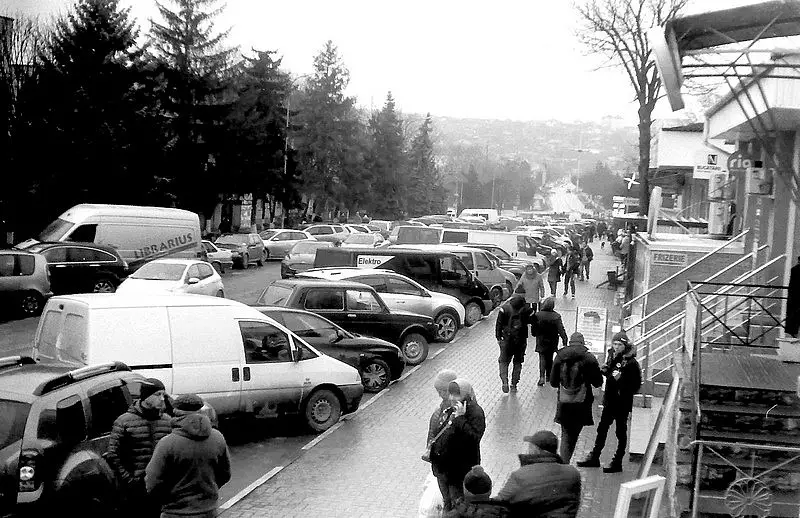
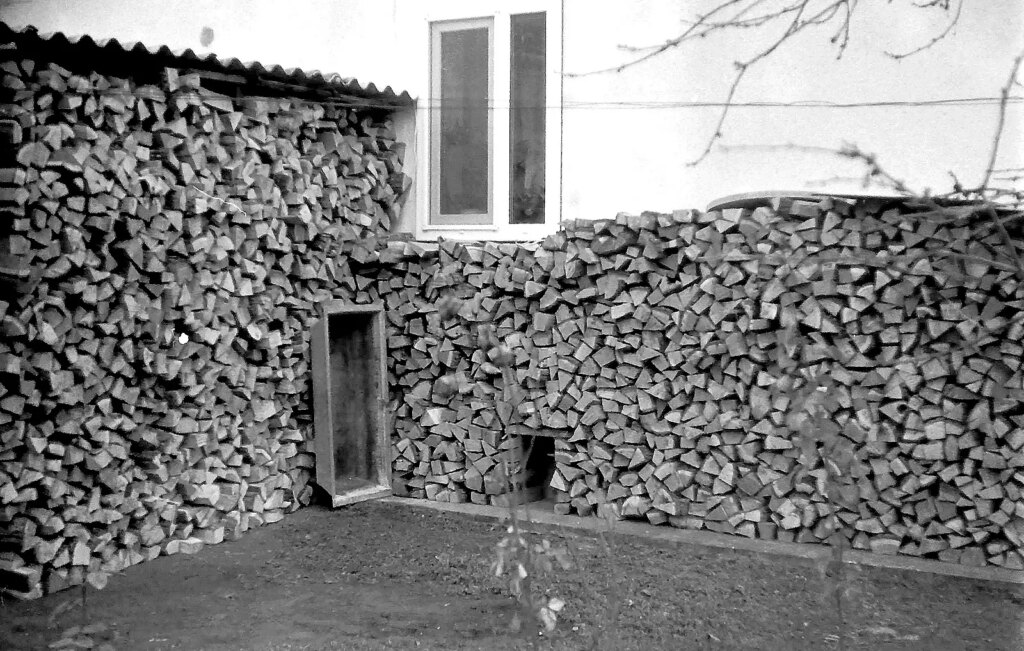
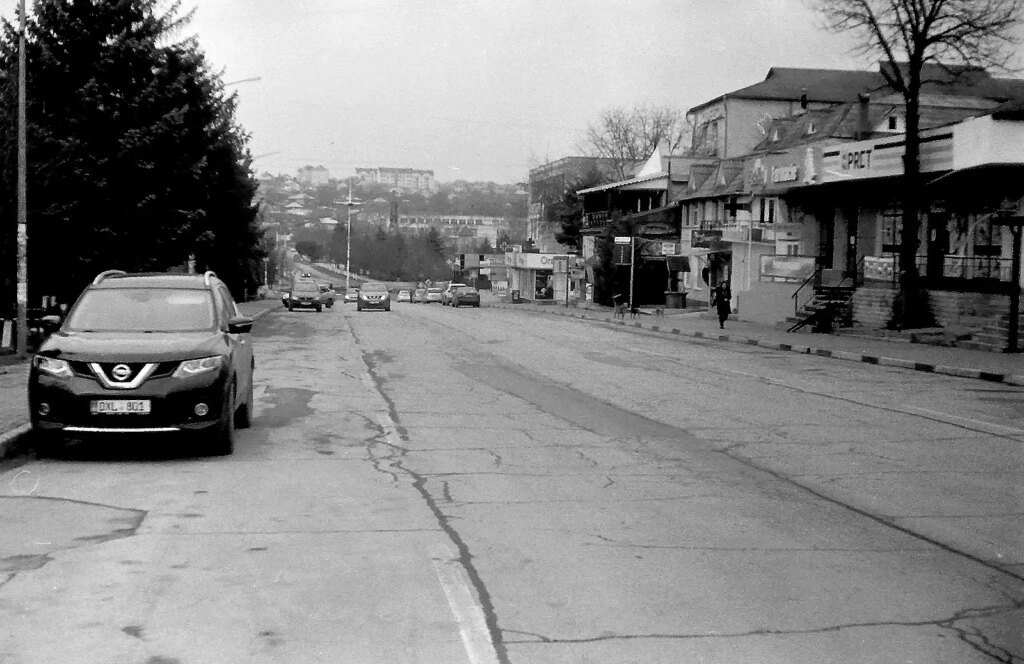
Share this post:
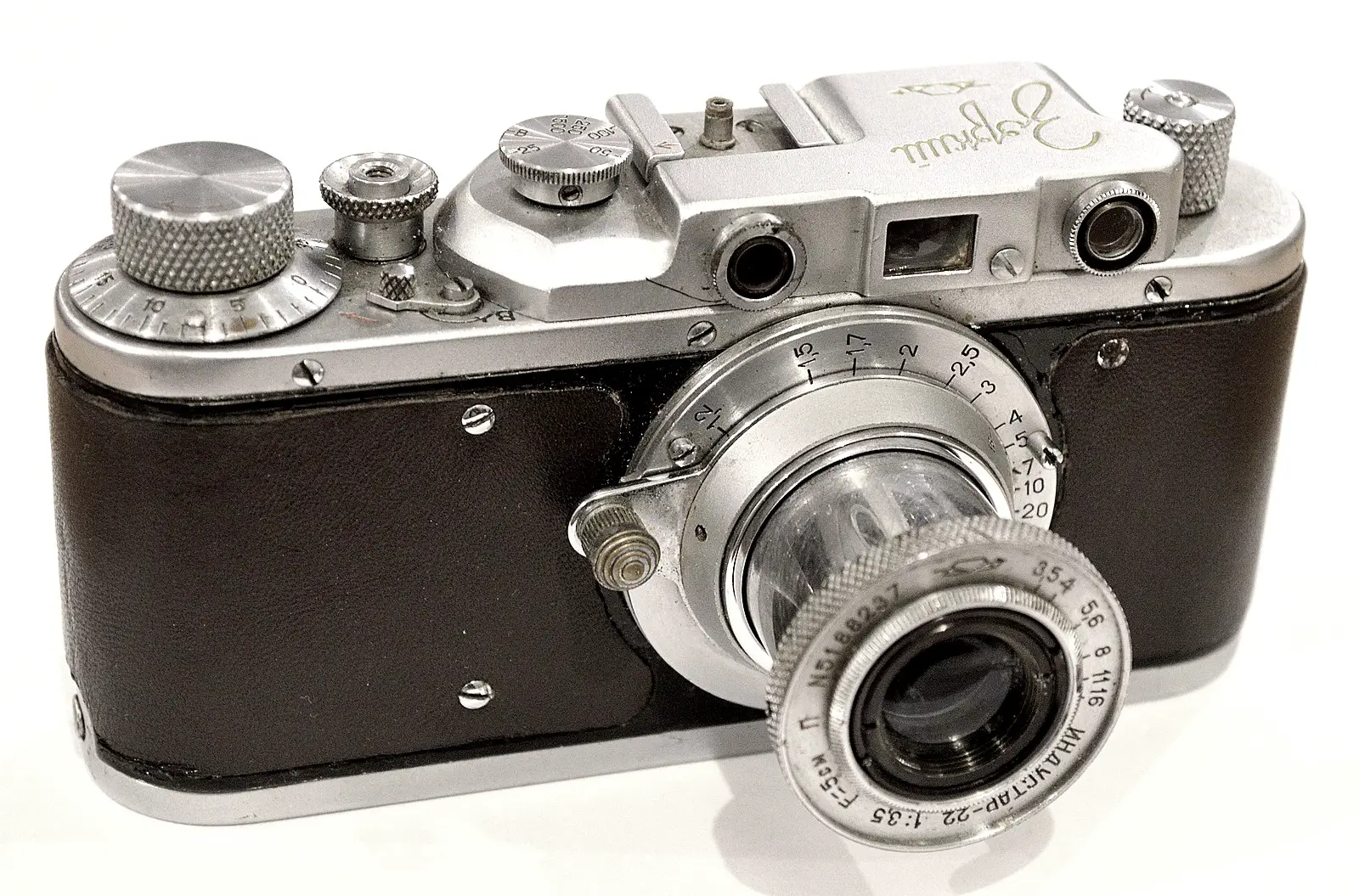








Comments
Bob Janes on Zorki 1 Review – the Russian Leica (of sorts)
Comment posted: 04/08/2023
My late father was, in his working years, involved in quality assurance of optical instruments for the UK MOD. Dad was always rather impressed with Russian optics (my understanding is that they were sold over here during the cold war pretty much at a loss to get western currencies). Quality of mechanical finish and assembly was a bit of a lottery though. You could get a good one - or not. Dad used to buy a pair of binoculars from the Russian shop (which, coincidentally, set up just across the road from his building) and would strip them down to file off any rough edges and then re-assemble with care.
The original Lomo LC was a good example of this QA lottery - I bought one early on, when they were about £17 new in the local camera shop - I recommended it to our neighbour, who went out and bought one too - unfortunately his was a lemon, with a really rough wind-on. Although his comments were always good-natured, I never heard the end of it. Mine was great, right up to the point it was nicked from the glovebox of my car.
In general the lemons died quite early. Stuff that has survived this far was probably reasonably well put together in the first place (although of course stuff can go out of whack over time..)
Comment posted: 04/08/2023
Jim Scheffler on Zorki 1 Review – the Russian Leica (of sorts)
Comment posted: 04/08/2023
Thanks for a very interesting article.
Jonh on Zorki 1 Review – the Russian Leica (of sorts)
Comment posted: 06/08/2023
Zorki has nothing in common with russia.
Comment posted: 06/08/2023
henry on Zorki 1 Review – the Russian Leica (of sorts)
Comment posted: 09/08/2023
Comment posted: 09/08/2023
Philippe on Zorki 1 Review – the Russian Leica (of sorts)
Comment posted: 12/08/2023
Comment posted: 12/08/2023